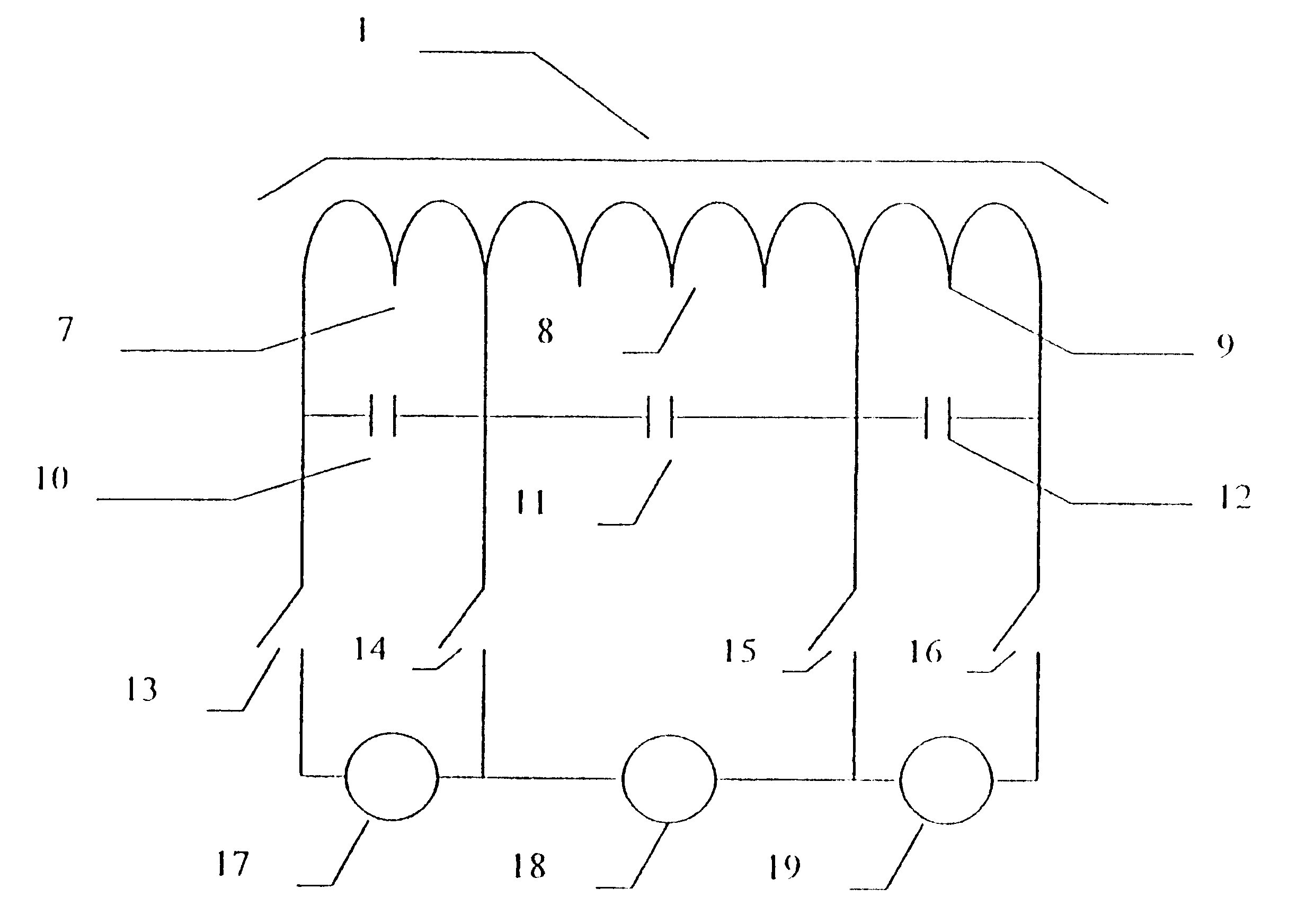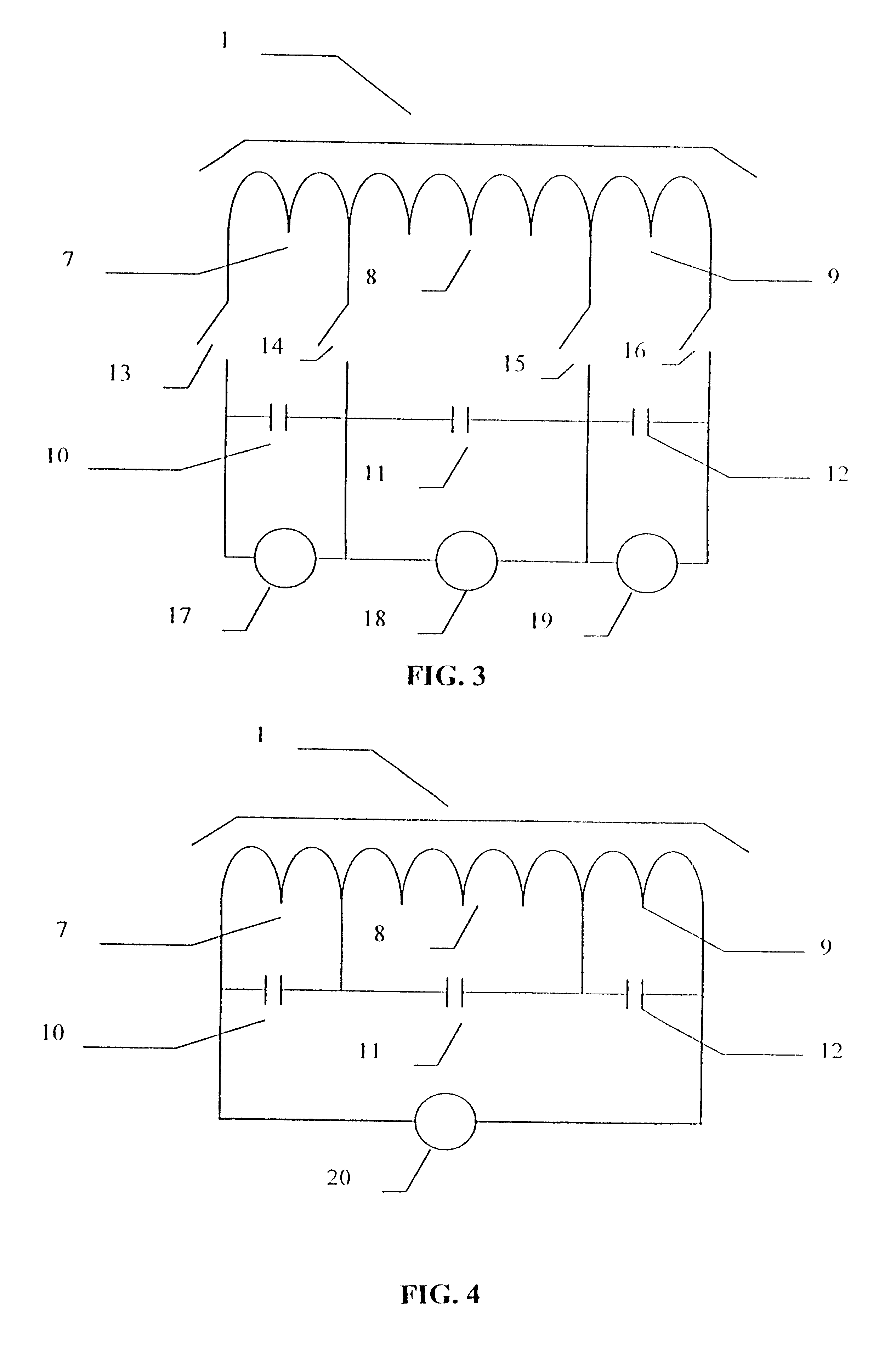Frequency selected, variable output inductor heater system
a heater system and variable output technology, applied in the direction of chemically reactive gases, crystal growth process, electric/magnetic/electromagnetic heating, etc., can solve the problem of significant temperature differences, non-uniform thickness layer on the wafer, ineffective in minimizing the temperature gradient across the surface of the wafer, etc. problem, to achieve the effect of rapid temperature changes
- Summary
- Abstract
- Description
- Claims
- Application Information
AI Technical Summary
Benefits of technology
Problems solved by technology
Method used
Image
Examples
Embodiment Construction
In general, an induction heating system is comprised of a power supply, an induction coil, an object to be heated and, if necessary, a "susceptor" to absorb energy from the magnetic field of the coil and retransmit that energy to the object to be heated. The system operates on the principle of induction of circulating currents in the object to be heated or the susceptor, if present. Generally a susceptor is used if the object to be heated is not adequately conductive (and thus cannot support the induced heating currents) or would be damaged in some way by such currents. The currents required to obtain substantial heating in large objects or rapid heating of small objects are large. A coil carrying large currents creates a large magnetic field in its vicinity, and energy is stored in this field. While much of the field may be canceled by the induced current in the susceptor or object to be heated, there remains enough to store appreciable energy. This energy is represented electrical...
PUM
| Property | Measurement | Unit |
|---|---|---|
| temperature | aaaaa | aaaaa |
| electrical resonance frequency | aaaaa | aaaaa |
| resonance frequencies | aaaaa | aaaaa |
Abstract
Description
Claims
Application Information
 Login to View More
Login to View More - R&D
- Intellectual Property
- Life Sciences
- Materials
- Tech Scout
- Unparalleled Data Quality
- Higher Quality Content
- 60% Fewer Hallucinations
Browse by: Latest US Patents, China's latest patents, Technical Efficacy Thesaurus, Application Domain, Technology Topic, Popular Technical Reports.
© 2025 PatSnap. All rights reserved.Legal|Privacy policy|Modern Slavery Act Transparency Statement|Sitemap|About US| Contact US: help@patsnap.com



